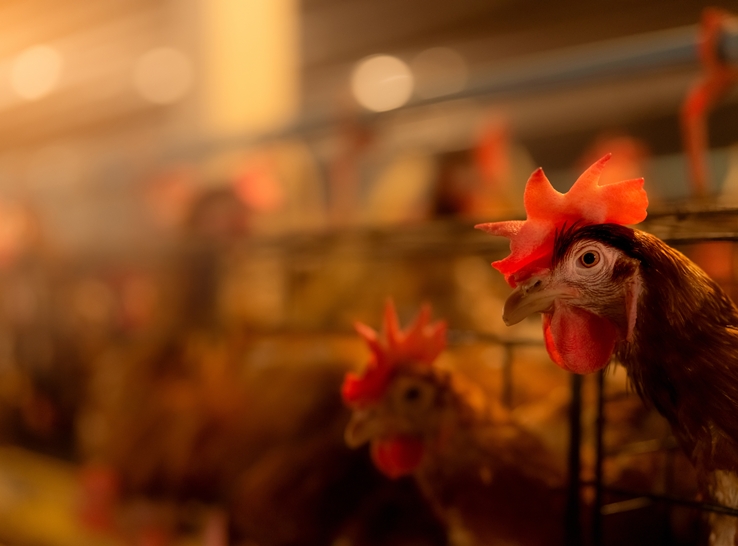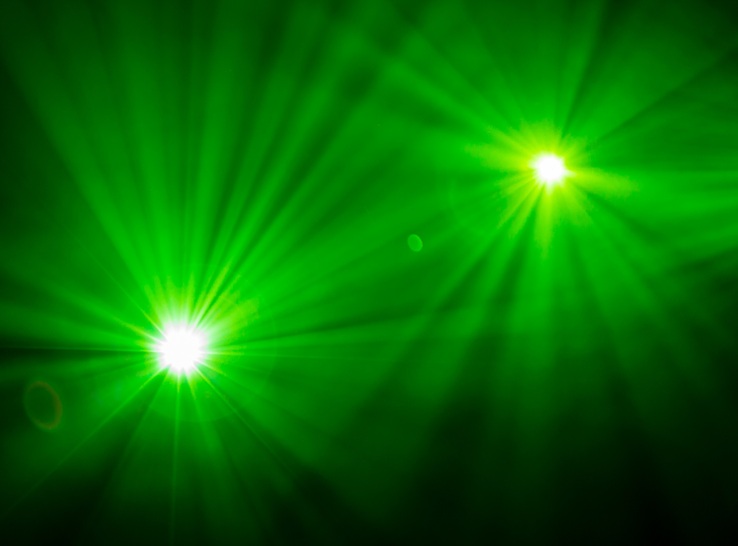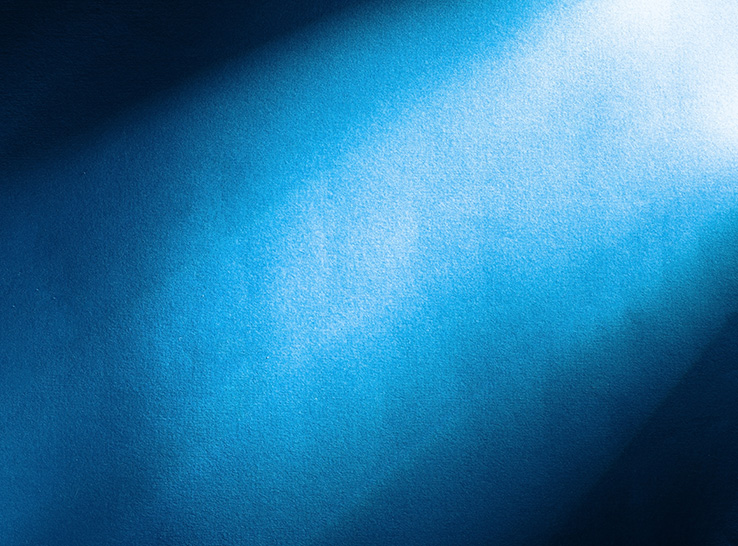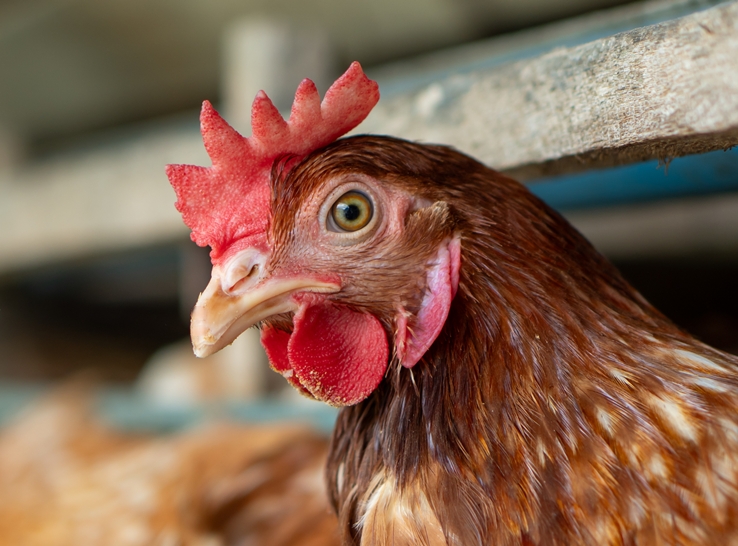Incubation lighting has a limited impact on fear and stress responses in broilers, according to research presented by Angela Perretti, University of Arkansas poultry science graduate student, at the 2024 Poultry Science Association annual meeting.
Previous research has demonstrated that exposure to light during the incubation period reduces stress and improves immunological responses and post-hatching measures.
Although incubation lighting has improved overall health in broilers, Perretti said she was interested in what effect incubation lighting would have on fear and stress responses in growout for broilers.
She hypothesized that chicks hatched and exposed to light during incubation would exhibit less stress and fear than those hatched in the dark.
Experimental design
For this study, the researchers randomly distributed 608 fertile broiler eggs in four different incubators:
- No light (control)
- Green light at 560 nanometers
- White light at 462 nanometers
- Blue light at 450 nanometers
From these eggs, 274 chicks that hatched remained with their incubator clutch and were placed in growout pens with commercial lighting, ad libitum food and water.
The researchers tested the chicks for immunological responses by measuring relative bursa weight and heterophil-to-lymphocyte ratio, both indicators of chronic stress. They assessed acute stress by measuring blood corticosterone levels and evaluated fear responses using inversion tests. Inversion tests, Perretti explained, mimic the catching phase in broiler production.
The blood tests — heterophil-to-lymphocyte ratio and corticosterone — were performed on day 21 and 42.
Fear responses
The research team coded the chicks for exhibiting fear behaviors such as vocalization, wing flapping, righting and head movement while inverted for 30 seconds using two different holding methods: the shank method and the toe-and-foot holding method.
The testing revealed “a significant difference in fear response, with day 15 having a greater frequency of head movement and vocalizations than day 34,” Perretti said.
In addition, younger birds exhibited increased vocalization responses. However, she cautioned that older, larger chicks, when inverted, have added weight pressing against their trachea, which may restrict their ability to vocalize and move their heads.
When comparing inversion methods, Perretti found more frequent wing flapping and righting with the toe-holding method versus the shank method. This may suggest the feet-holding method is less restrictive and allows greater freedom of movement, she noted.
The chicks from the blue incubation light group had decreased wing flapping. Blue light has been shown to have a calming effect on birds, which is supported by Perretti’s results.
Stress responses
Analyzing acute stress and corticosterone levels, Perretti discovered that the different incubation light levels did not impact chicks at 21 days of age. “All four groups had around 2.42 nanograms/ml of corticosterone on day 21,” she noted. But that changed on day 42, when corticosterone levels were lower in the control group than in the white or blue light groups.
“Nasal corticosteroids can decrease with age. As expected, we observed that decrease from day 21 to day 42. Also, white and blue light have similar properties, which may have led to similar responses,” Perretti said.
There were no differences found when comparing the heterophil-to-lymphocyte ratio of the four incubation lighting groups on day 21 or day 42. Lastly, there were no differences in relative bursa weights between the groups.
Perretti believes the ratio and bursa weight findings may be due to lighting having a limited window of effectiveness. She noted that conducting the heterophil-to-lymphocyte and bursa weight measurements closer to the incubation could be beneficial.
Hypotheses challenged
Perretti began the study thinking the lit incubation groups would exhibit less fear. However, it was only the chicks with the blue light that showed less wing flapping.
She also thought the lit groups would be less stressed, but again, that was not supported by the stress measurements across the different groups, except for corticosterone level differences on day 42.
Finally, although Perretti’s results suggest that incubation lighting has a limited impact on broilers, conducting tests at a younger age could provide additional information.







